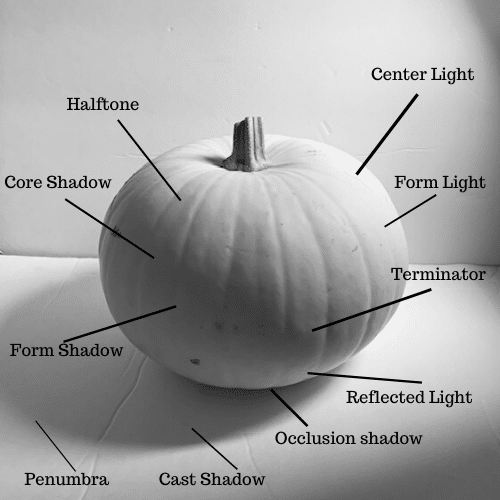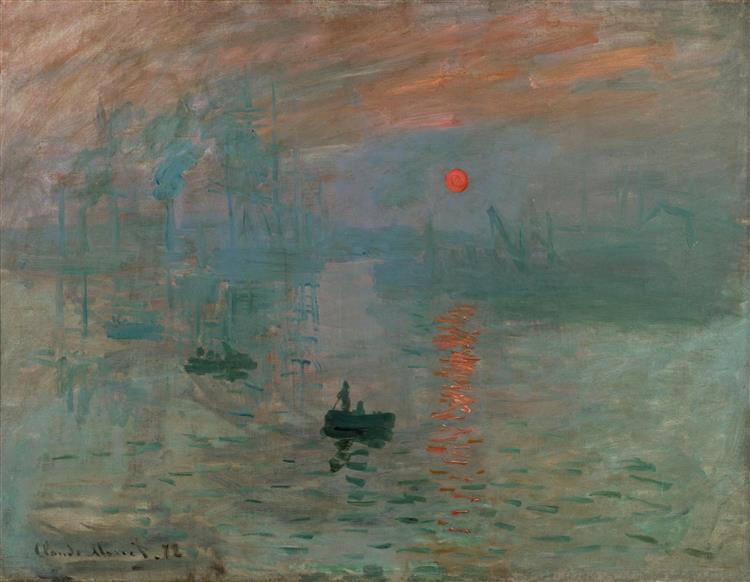Light Values
UncategorizedWhen I was in Art school, I had a teacher that did not teach.
No lecture. No Lesson.
He would show up with his blank canvas and supplies,
quickly set up his easel and palette, tell the waiting art model what pose to take,
turn on some jazz music,
and quickly get to work painting the model on the stage.
We quietly followed his lead.
Randomly, he would make cryptic comments to us with no explanation.
“Lose Your Edges!” he would bark.
“Watch Your Values!” he would warn.
No one had the courage to ask “Um, Can you explain that? What does it mean to Watch a Value?”
We would just follow along like sheep, doing what he did, quietly painting and hoping for the best. No one wanted to interrupt the master painter at work.
Now, years later, I have heard many lectures and lessons on Values.
Some were good and some not so much.
Across the board, teachers will always say how important Values are.
Some masters of Value were Sorolla, Velasquez, Monet, and Renoir. Looking at their work is worthwhile-
https://www.culturaydeporte.gob.es/msorolla/inicio.html
https://fondation-monet.com/en/
But Why?

This idea goes back to Composition, and the organization of a painting.
Light Values are the different degrees of lightness or darkness in areas of a painting.
They make up the basis of a painting, the underlying structure of the painting.
Light Values are important because they create the light and dark sides of an object.
This creates the 3-D effect of a form, say an apple.
Light Hits An Apple.

If you see a red apple on a table, it will have light hitting it.
Total darkness = No apple.
Without any light at all, you could not see the apple, right?
So the light allows you to see the apple on the table.
The way the light hits the apple, allows you to see its shape.
It tells you that the green thing on the table is rounded, with a stem on top.
This allows your brain to say “Apple!”
Value Shades

So the light on the apple has different areas that are lighter and darker.
This shows the shape to be Round. Same as a Pumpkin.
These light and dark areas are the Light Values on the Apple or Pumpkin.
They are shades of light and dark.
This is called Value to artists.
Get Value – out of Light Values

For artists, we are always studying Light and Dark on an object, how the light falls on the form,
where the form starts to turn away from the light, what shade of light hits the form, and where.
It is this way that we train our eye to see the differing shades.
Once we can see the shades, or values, on the object in real life, then we can transfer that into our painting.
We see the shades of light on the Apple, then we paint it that way to create an apple form on the canvas.
Paint the Light – Light Values

The Impressionists were the ones to focus on Painting the Light.
Yes, they painted Light Values. But they also had to paint Dark Values, in order to show where the Light was hitting on the objects
They studied Sunlight, went outside to paint En Plein Aire, and showed on their canvas where the Natural Sunlight was shining on objects, creating Light Values in the painting.
They were most concerned with the Sunlight, the Natural Light.
The term “Impressionist” comes from Monet’s painting called “Impression Sunrise”,
which shows the Light on a harbor at dawn.
https://www.claude-monet.com/impression-sunrise.jsp
Arranging Light Values
The skill of using values comes from understanding how to use values and shades of light and dark to communicate something to a viewer.
Arranging correct values allows the artist to show forms, create depth, 3 Dimensions, and believability.
Better Paintings.
Other painting aspects, such as color, can distract you from the focus of values.
Keep this value scale forefront in your mind while painting.
Focusing on correct values makes your painting better.
Finally we get it.
Soon you may be lecturing friends – “Watch your Values!”
Comments are closed here.